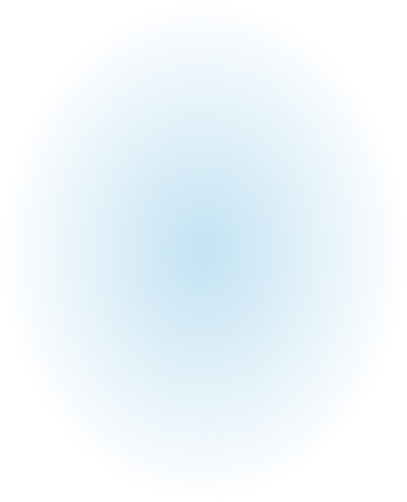Vitamin D Effects on Anterior Segment Physiology in Monkeys
About the Research Project
Program
Award Type
Standard
Award Amount
$100,000
Active Dates
April 01, 2009 - March 31, 2011
Grant ID
G2009001
Goals
Is vitamin D a potential glaucoma therapy? Can it lower intraocular pressure after topical application? What are the target tissues in the eye and what is the mechanism for the intraocular pressure lowering effect?
Summary
The number of health benefits attributed to vitamin D continues to increase. We would like to know if it has the potential to lower the internal pressure of the eye (or “intraocular pressure) and be further developed as a glaucoma therapy. Since it is a molecule produced naturally in the human body, the number of side effects are likely to be minimal.
Progress Updates
Dr. Paul Kaufman and colleagues tested whether topical application of vitamin D (vitD) could lower intraocular pressure (IOP). Monkeys with normal IOP were treated topically twice daily with a form of vitD to one eye and with a control on the opposite eye. IOP was measured on several different days, along with pupil diameter, blood calcium levels, blood pressure, and heart rate. Fluid (aqueous humor) flow in the eye was measured in a small set of animals. Fluid outflow facility (the ease at which the aqueous leaves the eye) was measured after injection of vitD or after a topical treatment was administered twice daily and followed by a supplementary injection or after topical treatment only. IOP decreased dose‐dependently following topical treatment, with a maximum reduction of 20‐30% lasting one to four hours. IOP reduction often occurred in both eyes. No further reduction in IOP was achieved with prolonged treatment. No inflammation was detectable in the eyes at any time point. Prolonged treatment (12 days) may produce systemic effects.
Dr. Kaufman determined that vitamin D lowers IOP in monkeys, but the mechanism of action is not apparent using a number of experimental approaches. However, topical application of vitD has potential for development as an anti‐glaucoma drug to be further pursued in future studies.
Related Grants
National Glaucoma Research
From Resilience to Vulnerability: How Stress Accelerates Aging
Active Dates
July 01, 2025 - June 30, 2027

Principal Investigator
Dorota Skowronska-Krawczyk, PhD
Current Organization
University Of California, Irvine
National Glaucoma Research
Novel Mechanisms to Regulate Eye Pressure
Active Dates
July 01, 2025 - June 30, 2027

Principal Investigator
Colleen McDowell, PhD
Current Organization
University of Wisconsin-Madison
National Glaucoma Research
Enhancing Access to Glaucoma Care Using Artificial Intelligence
Active Dates
July 01, 2025 - June 30, 2027

Principal Investigator
Benjamin Xu, MD, PhD
Current Organization
University of Southern California



